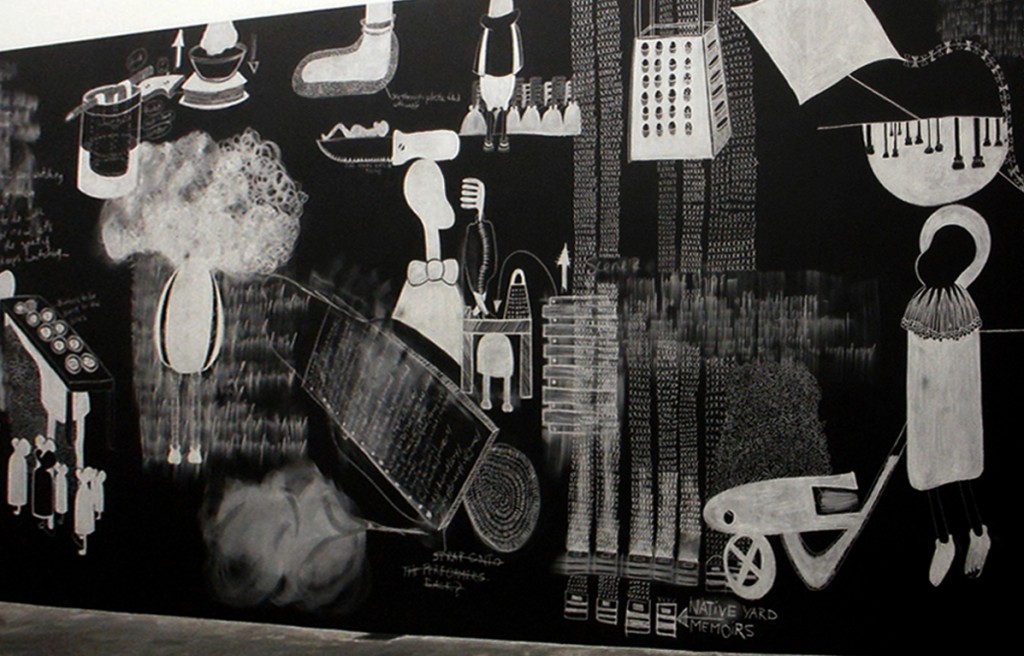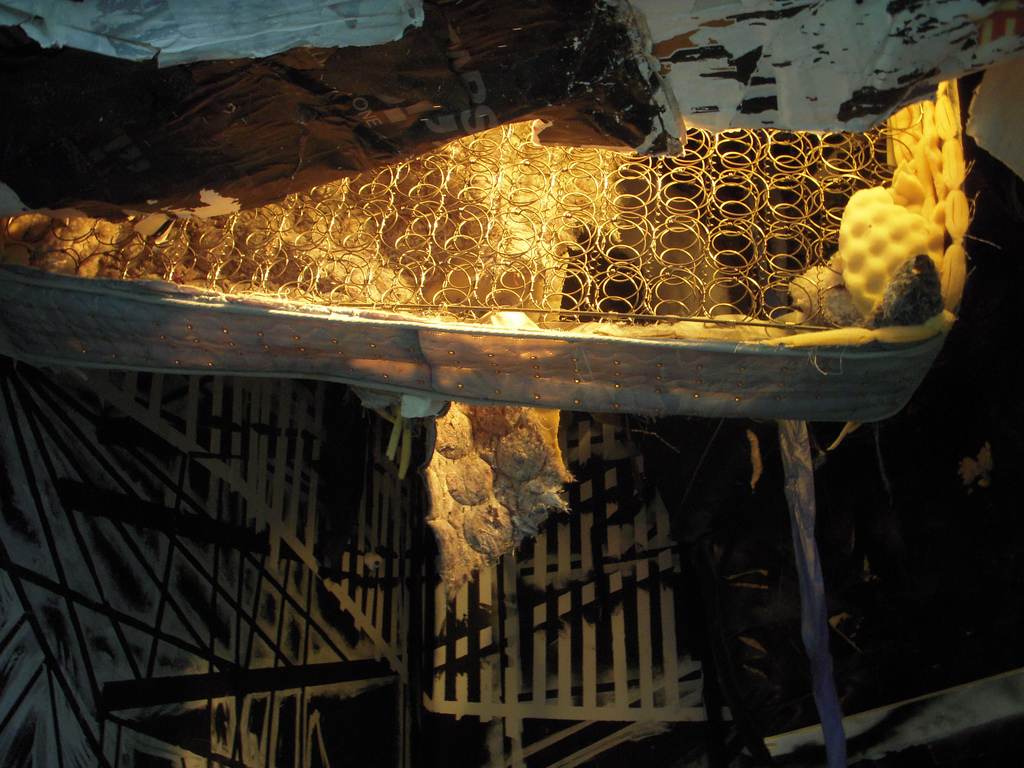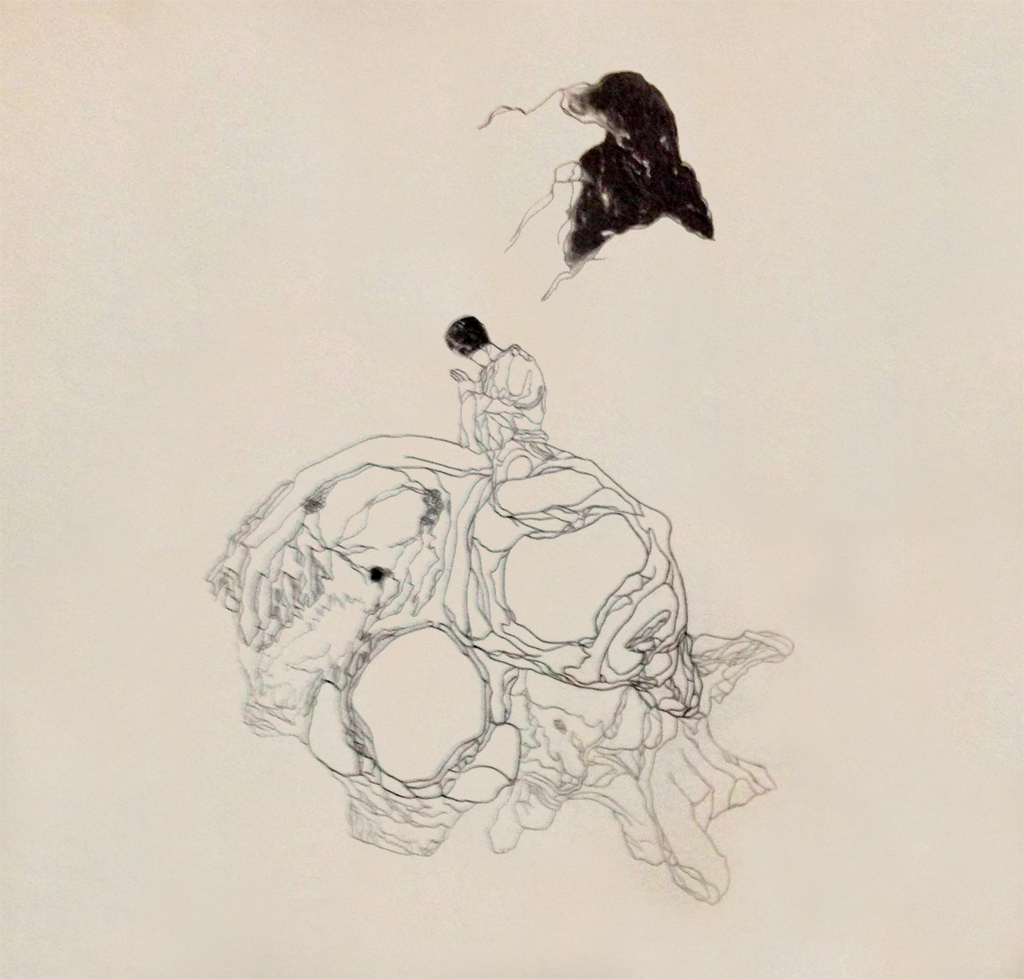In his recent study The Signature of All Things, the Italian philosopher Giorgio Agamben suggests that the present can be discovered on the shores of remembrance and recovered at the frontiers of future dreams. It lingers somewhere between what we have not yet forgotten and what we cannot yet imagine. With this idea of the present in mind I would like to discuss The New Museum’s estimation of contemporary art, ‘The Ungovernables’, as well as the moment in time it represents.
‘The Ungovernables’ was the title of this year’s New Museum Triennial. Fittingly, it sought to include a chaotic variety of complex urgencies facing a young generation of artists from all over the globe. The curators of the triennial seemed to have identified a certain feel of variation of aesthetic, material, conceptual and ideological urgencies characterizing this generation – but not necessarily a principle. [1] Among the topics the so-called ungovernables engage with are the inherent issues of a doubtful or misguided revolutionary uproar, the regional and international economic crises, as well as the failure of a ‘quick fix’ to these problems.
The triennial’s embrace of a chaotic and complex relationship to the present – the present, that is, as a point in history, a recurrent repositioning of and between those shores of remembrance and frontiers of future dreams – that is underlined by a remarkable resourcefulness, pragmatism and hopefulness strongly echoes some of the wild inquiries, untameable ideas and ever growing hopes of the Romantic era that bloomed toward the end of the 18th century. A few examples could be: the work “Dark Day” by Abigail Deville, which explores the concept of the commonplace, home and homelessness by creating a unhomely cave made of found materials in the ceiling of the New Museum; or Doa Aly’s pencil drawings, which echo in their interchangeable anthropomorphic character the Romantic intertwinement of human culture and nature.
The question regarding the historical origins of the present is in no way a new one to be posed. As a matter of fact it occurs to be the one permanent thing that we rather seem to enjoy always to invent anew. However, when history becomes too complicated and intrinsically unbearable for us to deal with, what will we do? Turn it into past, in to post? It certainly worked in the postmodern era. There it was considered perfectly fine to announce the death of something or someone. One has only to think of the simultaneous and similar thoughts expressed by Frances Fukuyama, Arthur Danto[2] and Hans Belting in the late 1980s and early 1990s.[3] However, whenever we seek to bury something, somehow the traces re-emerge, the ruins are rediscovered: the story, or history, goes on.
The most illuminating example of this destructive confusion of memory might be seen in the figure of the Palimpsest. The word is originally derived from Ancient Greek palímpsestos through Latin palimpsēstus, and literally means “scraped cleaned and used again.[4] The Romans wrote on wax-coated tablets and so the palimpsest is a page of a manuscript from a scroll or a book, from which the text has been scraped of and therefore can be used again. This act of destruction can seem quite harsh and frankly a little worrisome to a society for whom the act of collecting both originals and copies, whether they be texts, artworks or other bizarre objects, has become increasingly important. However, many of the ancient works that have survived into great collections today, are only here to be read, remembered and re-valued due to this overturning destructive act.
The Italian philosopher Giorgio Agamben has recently had a great deal to say about our understanding of history, especially in relation to the concept of the paradigm. Perhaps the idea of the paradigm Agamben proposes can be understood from the figure of the palimpsest – a text that has literally been written on top of another text or figuratively been built on an older original, text. This comparison becomes clearer in Agamben’s description of the paradigm. He suggests that rather than obeying the logic of the metaphorical transfer of meaning the paradigm answers to the analogical logic of the example. Essential to this is then the palimpsest as example and figure. In the work presented in the triennial by the South African artist Kemang Wa Lehulere we encounter a chalkboard where both text and imagery seems to answer to the rule of philosophical archaeology. The text that once was has been smeared out and rewritten, while the imagery of material reminiscence and remains stands out like sticks, stones and hard edged bones, implying that not only memory but also forgetfulness are contemporaneous with perception and the present.[5] Wa Lehulere’s work speaks of the complex inheritances of post-apartheid South Africa. However, if we look at the figure of the palimpsest the term is also used to describe augmented realities brought about by the melding of layers of material places and their virtual representations – in this way the artwork expresses a truly palimpsestic quality. In some way Wa Lehulere’s piece becomes more than just a reflection on power relations and the constructed memory of historical events: the palimpsestic quality of the artwork makes it able to carry an allegorical intent that not only refers to the figure of the palimpsest as an allegory of an allegory—but also as an allegory of memory that is referring to our present form of reflection and understanding as well as the destructive forcefulness of forgetting.
The curators use no explicit big ‘isms’ with which to categorise the artists of the triennial exhibition. They consider the artists ‘ungovernable’ in their own exhibited singularity. However, seen together they create a new ensemble, whose homogeneity the exhibition itself constitutes. With Agamben in mind this is the definition of a paradigm. Regretfully, in this attempt to promote the new, to wipe the slate clean and start afresh, there can be seen a destructiveness, that unlike the figure of the palimpsest, bears a compulsive consumption of past historical significance. As a vulture or rather a cannibal the exhibit still recalls a postmodern murderous distrust, and thereby presents a future that is far too marked by the shock of the oblivion and total consumption of the past. Gone are any explicit references to the art historical traces of prior paradigms, such as Romanticism, that could have helped broaden and enlighten this wealth of artistic ideas, aesthetic expressions and practices presented at the triennial. It seems that the presenters of art have a little catching up to do in order to fully engage with the present time and new coming shifts of epistemological paradigms.
These thoughts are a call to reciprocate these young contemporary artists’ gesture, and not to continue a culture that has become so self-indulgent that it conveys the most forsaken and animalistic tendencies of all, cannibalism. Rather than to devour the past, and thereby, implicitly the present and it’s future this tale takes us back to the ruins of the memory house in order for us to “rethink”, as Agamben says, “from the bottom up, the very idea of an ontological anchoring, and thereby envisage being as a field of historical tensions.”[6]
Images:
1.Kemang Wa Lehulere, Remembering the Future of a Hole as a Verb 2 , 2012, chalk, drawings, and photographs on paper.
2. Doa Aly, Drawing # 70-74, 2012, Pencil on paper
[1] http://www.newmuseum.org/exhibitions/448
[2] Arthur Coleman Danto born January 1, 1924, is an American art critic and philosopher- http://en.wikipedia.org/wiki/Arthur_Danto#
[3] Hans Belting, born 1935, is a German art historian and theorist of Medieval and Renaissance art, as well as contemporary art and image theory- http://en.wikipedia.org/wiki/Hans_Belting
[4] http://en.wikipedia.org/wiki/Palimpsest
[5] Agamben, Georgio; The Signature of All Things, Urzone, Inc. US, 2009.
[6] Ibid. 111.



